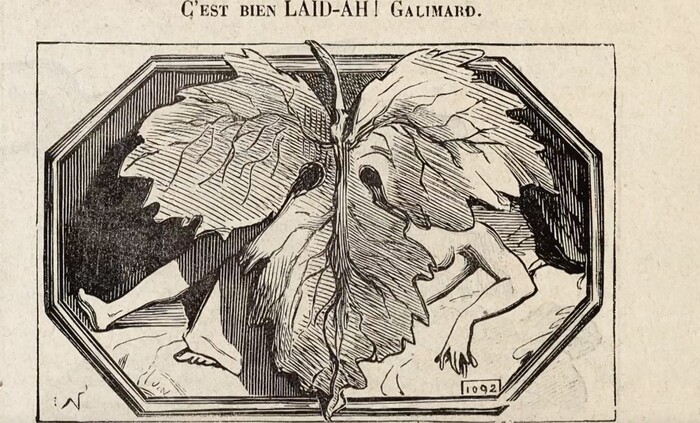Who knows if the honest sixteenth century painter Daniele da Volterra would have been happy to go down in history as 'Il Braghettone'.
It's all the fault of that fine work that was commissioned to him in 1565, after the Council of Trent, and just a year after Michelangelo's death: covering the nudity of the Last Judgment in the Sistine Chapel with robes and fig leaves.
And who knows what Michelangelo himself would have thought who, years earlier, had responded thus to the Pope's request to cover the over 400 naked figures: "Tell the Pope that it is a simple retouch to do. But let him start retouching the world, and paintings will follow."
Stories of nudes and fig leaves, of censorships to circumvent and of provocations that give life to the original documentary Dietro la fig leaf, which Rai Cultura proposes in the Art Night with Neri Marcorè, broadcast on Wednesday 28 February at 9.15pm on Rai5.
A French production, signed by Agnès Obadia who, not without lightness, talks about that fig leaf and the other 'decorative' elements used to cover, in art, the private parts of women and men.
A censorship - fueled, over the centuries, by Christian morality - which first strikes Adam and Eve, forced, in representations, to be covered even before the original sin, when they wandered around Eden naked and blissful: "For the Church - it says Tomas Römer, professor at the Collège de France in Paris and among the experts interviewed - the perception of nudity was linked to sexual desire and all related fantasies. For this reason, nudity had to be hidden."
But more than the censorship itself, the documentary focuses - with different nuances for the female and male body - on the entire vast range of attempts to circumvent it, among incredible artistic virtuosities such as those of the Renaissance, in a flourish of branches, clubs, donkey jaws, snakes, swords, butterflies and shells.
Without forgetting Botticelli's Venus or Dürer's men's bathroom, the French caricatures of Cham Daumier, Nadar and Choubrac, Max Ernst's surreal fig leaves and those transformed by Salvador Dalì into a lobster and by Magritte into a ballerina.
"Censorship, in fact - explains the writer Annie Le Brun - has forced artists to face the 'unrepresentable' nature of desire. All the great painters have dealt with this theme. And in some ways eroticism has become the fulcrum of a reflection on painting itself, or how to represent the unrepresentable? To achieve this, artists had to circumvent censorship, and in some cases they did so in a truly masterful manner".
Today nudes abound and the problem seems to have been completely overcome.
Or maybe not: in 2017, an advertising campaign for the centenary of Egon Schiele was censored in several European cities because the images were deemed too strong.
For this, the genitals are covered with a white stripe, like a new fig leaf.
The Vienna tourist office, with ingenious irony, adds: "Sorry, I'm a hundred years old, but I'm still too bold."
Reproduction reserved © Copyright ANSA

